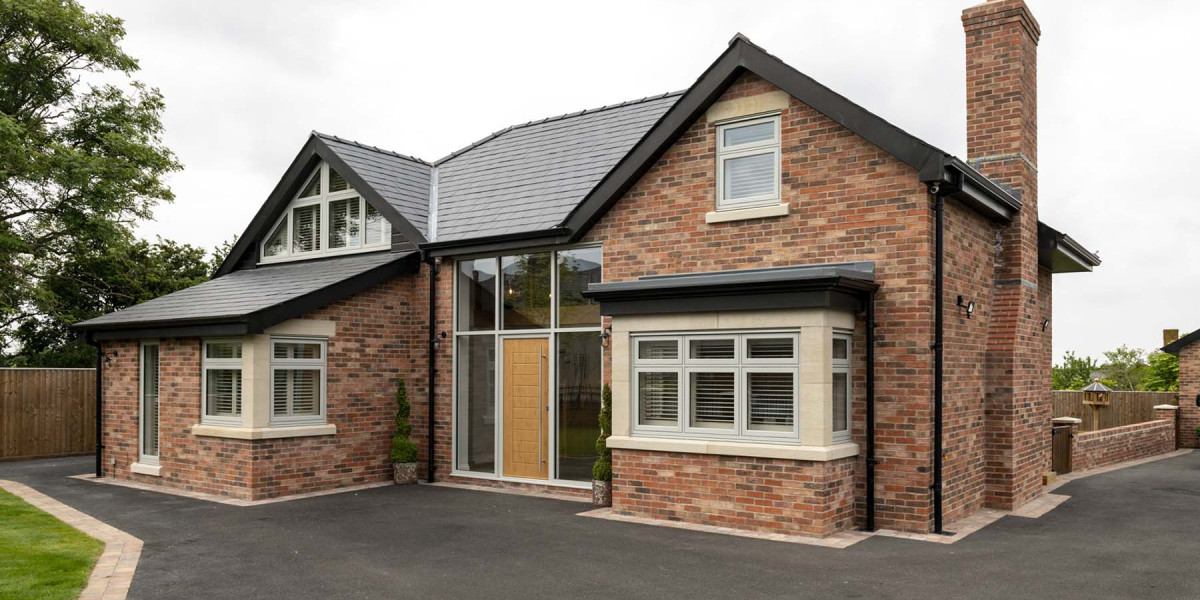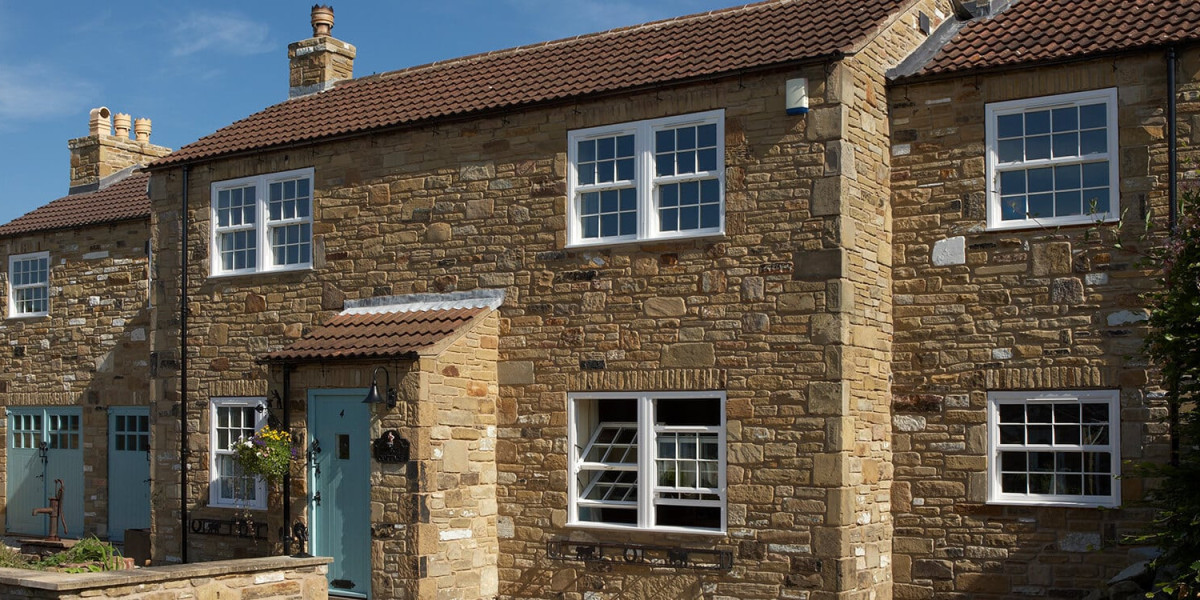Moisture lurking beneath your home can cause serious damage before you even notice it's there. Your crawl space might seem like an out-of-sight, out-of-mind area, but what happens in this hidden zone directly affects your entire home's health and structural integrity.
Excess humidity in crawl spaces creates the perfect breeding ground for mold, causes wooden support beams to rot, and allows musty air to seep into your living areas. The solution? A properly chosen and installed crawl space dehumidifier. This guide will walk you through everything you need to know about selecting the right unit, understanding your installation options, and maintaining your system for years of effective moisture control.
The Hidden Dangers of Crawl Space Moisture
Moisture problems in crawl spaces create a domino effect of issues that can compromise your home's safety, air quality, and structural soundness. Understanding these risks helps explain why crawl space moisture repair should be a priority for any homeowner.
Mold Growth and Health Risks
High humidity levels above 60% create ideal conditions for mold spores to multiply rapidly. Mold doesn't just stay contained in your crawl space—it releases airborne spores that travel through your home's ventilation system. These spores can trigger allergies, asthma attacks, and other respiratory issues, particularly affecting children and elderly family members.
Black mold, one of the most dangerous varieties, thrives in consistently damp environments. Once established, it can be expensive and time-consuming to remediate, often requiring professional intervention and potentially lowering your home's value.
Structural Wood Rot
Wooden floor joists, support beams, and subflooring materials absorb moisture from humid air. Over time, this leads to wood rot, which weakens your home's structural foundation. Replacing rotted support beams can cost thousands of dollars and may require extensive construction work.
Early signs of wood rot include soft, spongy wood surfaces, dark staining, and a musty odor. By the time these symptoms become obvious, significant damage has often already occurred.
Poor Indoor Air Quality
Air naturally rises from your crawl space into your living areas through a process called the "stack effect." When your crawl space air is humid and contaminated with mold spores, dust mites, and other pollutants, this contaminated air circulates throughout your home.
This can lead to persistent odors, increased allergy symptoms, and an overall unhealthy indoor environment. Many homeowners notice improved air quality within weeks of installing proper crawl space dehumidification.
Warning Signs You Need a Crawl Space Dehumidifier
Recognizing moisture problems early can save you from costly repairs and health issues. Here are the key indicators that your crawl space needs dehumidification:
Visible Moisture and Condensation
Water droplets on pipes, ductwork, or foundation walls signal excessive humidity. You might also notice standing water pools after rain or snow melts.
Musty Odors
A persistent earthy or moldy smell, especially noticeable when you first enter your home, often originates from your crawl space.
Increased Utility Bills
Humid air is harder to heat and cool efficiently. If your energy costs have risen without explanation, crawl space moisture might be forcing your HVAC system to work overtime.
Pest Problems
Termites, carpenter ants, and other wood-destroying insects are attracted to moist environments. Frequent pest issues could indicate underlying moisture problems.
Warped Flooring or Loose Tiles
Excess moisture can cause hardwood floors to cup or buckle, and can loosen adhesive under vinyl or tile flooring.
High Indoor Humidity
If your home's humidity levels consistently exceed 50-55%, your crawl space might be contributing excess moisture to your indoor air.
Types of Dehumidifiers for Crawl Spaces
Not all dehumidifiers work effectively in crawl space environments. The confined space, temperature variations, and specific moisture challenges require units designed for these conditions.
Refrigerant Dehumidifiers
Refrigerant (or compressor) dehumidifiers work like miniature air conditioners. They pull humid air over cold coils, causing moisture to condense and collect in a reservoir or drain system.
These units excel in moderate to high humidity conditions and work most efficiently in temperatures above 65°F. They're typically more energy-efficient than other types and can handle larger moisture loads. However, they may struggle in very cold crawl spaces or during winter months.
Desiccant Dehumidifiers
Desiccant dehumidifiers use moisture-absorbing materials (like silica gel) to pull humidity from the air. They work effectively at lower temperatures and humidity levels, making them suitable for crawl spaces that experience seasonal temperature swings.
While generally more expensive to operate than refrigerant models, desiccant units provide consistent performance regardless of temperature and can achieve very low humidity levels.
Whole-House Integration Systems
Some dehumidification systems integrate directly with your home's HVAC system. These units treat air before it circulates throughout your home, providing crawl space moisture control while also managing humidity in living areas.
These systems require professional installation but offer comprehensive humidity control and can be more energy-efficient for larger homes.
CS Guardian
680 Reliance Rd Tellico Plains TN 37385
(423) 253-4939
Choosing the Right Crawl Space Dehumidifier
Selecting an appropriate unit requires considering several factors specific to your space and moisture challenges.
Size and Capacity Requirements
Dehumidifier capacity is measured in pints of moisture removed per day. Calculate your needs based on your crawl space square footage and moisture severity:
Moderately damp spaces (50-60% humidity): 10 pints per day per 1,000 square feet
Very damp spaces (60-70% humidity): 12 pints per day per 1,000 square feet
Wet spaces (70%+ humidity): 14+ pints per day per 1,000 square feet
For crawl spaces with standing water or severe moisture issues, choose a unit with higher capacity than these baseline calculations suggest.
Essential Features for Crawl Space Use
Automatic Drainage
Look for units with built-in pumps or gravity drain options. Manual reservoir emptying is impractical in confined crawl spaces.
Low-Temperature Operation
Choose models rated for operation in temperatures as low as 40-45°F if your crawl space gets cold during winter months.
Durable Construction
Crawl space environments can be harsh. Select units with corrosion-resistant components and robust housing designed for basement or crawl space installation.
Humidistat Controls
Automatic humidity sensing allows the unit to cycle on and off as needed, maintaining optimal humidity levels without constant operation.
Energy Efficiency
Look for ENERGY STAR certified models to minimize operating costs, especially important for units that may run frequently.
DIY Installation vs Professional Installation
The complexity of crawl space dehumidifier installation varies significantly based on your chosen unit type and existing crawl space conditions.
When DIY Installation Makes Sense
Simple plug-and-play refrigerant dehumidifiers can often be installed by handy homeowners. DIY installation works well when:
Your crawl space has adequate electrical outlets
You're using a portable unit with gravity drainage to existing floor drains
The space is easily accessible for maintenance
You're comfortable working in confined spaces
DIY installation typically involves positioning the unit, connecting drainage, and plugging it in. Ensure adequate clearance around the unit for air circulation and service access.
When to Hire Professionals
Professional installation becomes necessary for:
Electrical Work
If your crawl space lacks appropriate electrical outlets, you'll need licensed electrical work to install dedicated circuits. Crawl space environments require GFCI-protected outlets and proper grounding.
Drainage Systems
Units requiring condensate pumps or drainage connections to plumbing systems typically need professional installation to ensure proper slope, sealing, and code compliance.
Crawl Space Moisture Encapsulation
Many professionals recommend combining dehumidifier installation with crawl space encapsulation—sealing the space with vapor barriers and insulation. This comprehensive approach provides superior moisture control but requires professional expertise.
HVAC Integration
Whole-house dehumidification systems that integrate with existing HVAC equipment require professional installation and system balancing.
Cost Considerations
DIY installation costs include only the unit price (typically $200-$800 for crawl space models) plus any basic supplies. Professional installation adds $300-$1,500 depending on complexity, electrical work needs, and whether you're adding crawl space moisture barrier systems.
While professional installation costs more upfront, it often includes warranties on both equipment and installation work, plus ensures optimal system performance.
Maintenance Tips for Long-Term Effectiveness
Proper maintenance keeps your crawl space dehumidifier operating efficiently and extends its lifespan significantly.
Regular Cleaning and Filter Replacement
Clean the unit's air filter monthly during peak operating seasons. Clogged filters reduce efficiency and can cause the unit to overwork. Most filters can be vacuumed or washed with mild soap and water.
Wipe down the unit's exterior and air intake grilles quarterly to prevent dust buildup that can impede airflow.
Drainage System Maintenance
Check drainage connections monthly to ensure water flows freely. Clear any clogs in drain lines or condensate pumps promptly to prevent water backup.
If your unit drains to a floor drain, pour water down the drain periodically to maintain the trap seal and prevent sewer gases from entering your crawl space.
Seasonal Performance Checks
Test your unit's operation at the beginning of each humid season. Verify that it's reaching target humidity levels (typically 45-55% for crawl spaces) and cycling appropriately.
Monitor electricity usage—significant increases might indicate the unit is working harder due to maintenance needs or declining efficiency.
Professional Service
Schedule annual professional service for units with complex drainage systems or HVAC integration. Technicians can check refrigerant levels, clean internal components, and verify optimal performance.
Keep maintenance records to track performance trends and help identify when replacement might be more cost-effective than continued repairs.
Creating a Healthier Home Environment
Installing an appropriate crawl space dehumidifier represents one of the most effective investments you can make in your home's health and longevity. Proper moisture control prevents expensive structural repairs, improves indoor air quality, and creates a healthier environment for your family.
The key to success lies in choosing the right unit for your specific conditions and ensuring proper installation and maintenance. Whether you tackle the project yourself or work with professionals, addressing crawl space moisture proactively protects your home's value and your family's well-being.
Take time to assess your crawl space conditions, calculate your dehumidification needs, and select a quality unit designed for your environment. With the right approach, you can transform your problematic crawl space into a dry, healthy foundation for your home.








